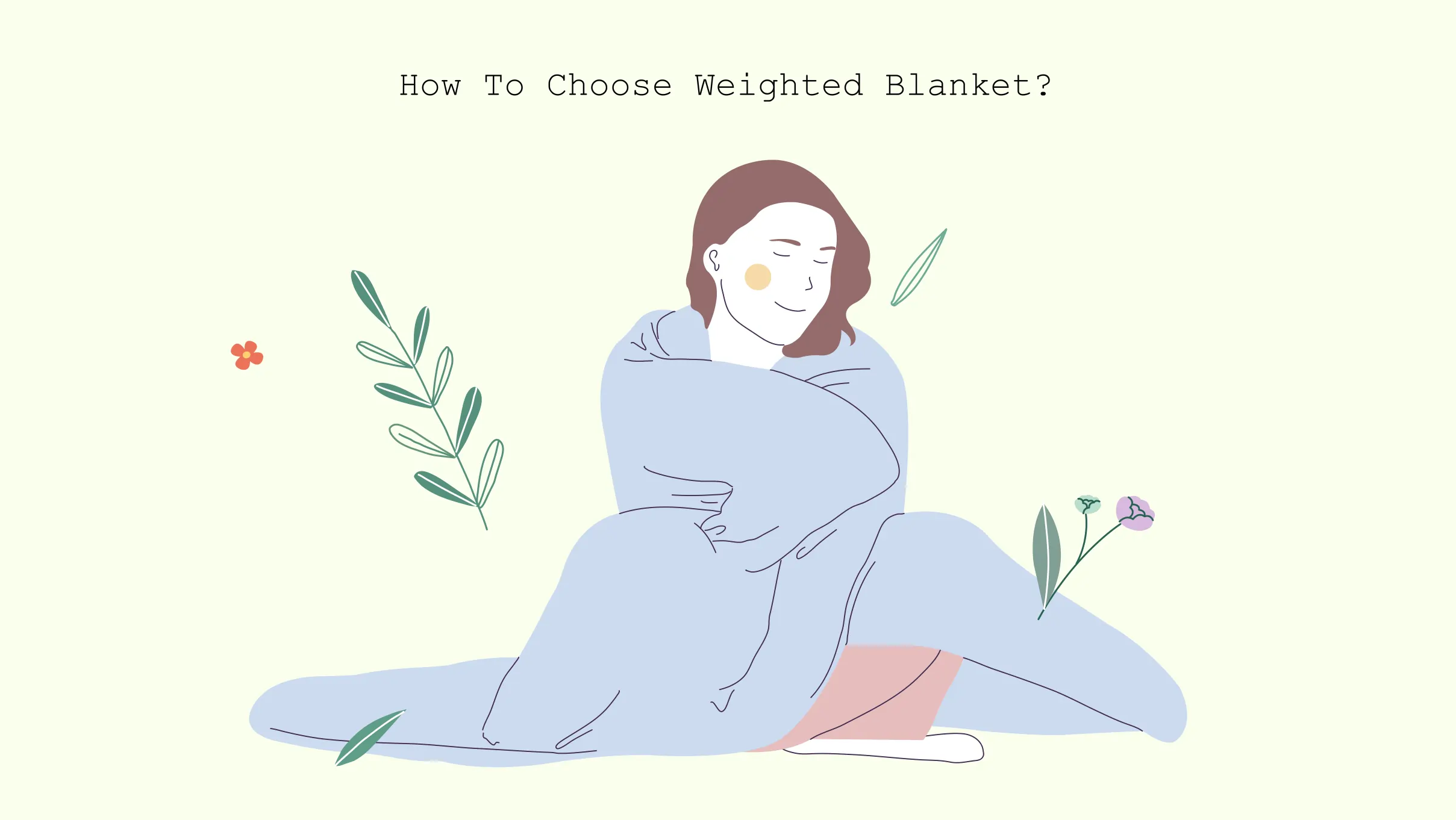How to Choose a Weighted Blanket: Complete Buying Guide
Fact Checked
Up to date
Update: April 28, 2023
Share
Written by

Content Writer

0
people like this article
Share
Written by

Content Writer
6+ years of experience as a content writer. Previously worked as a freelance writer for one of the top mattress brands in India. Well-versed in writing product reviews, product descriptions and content for e-comm sites.


